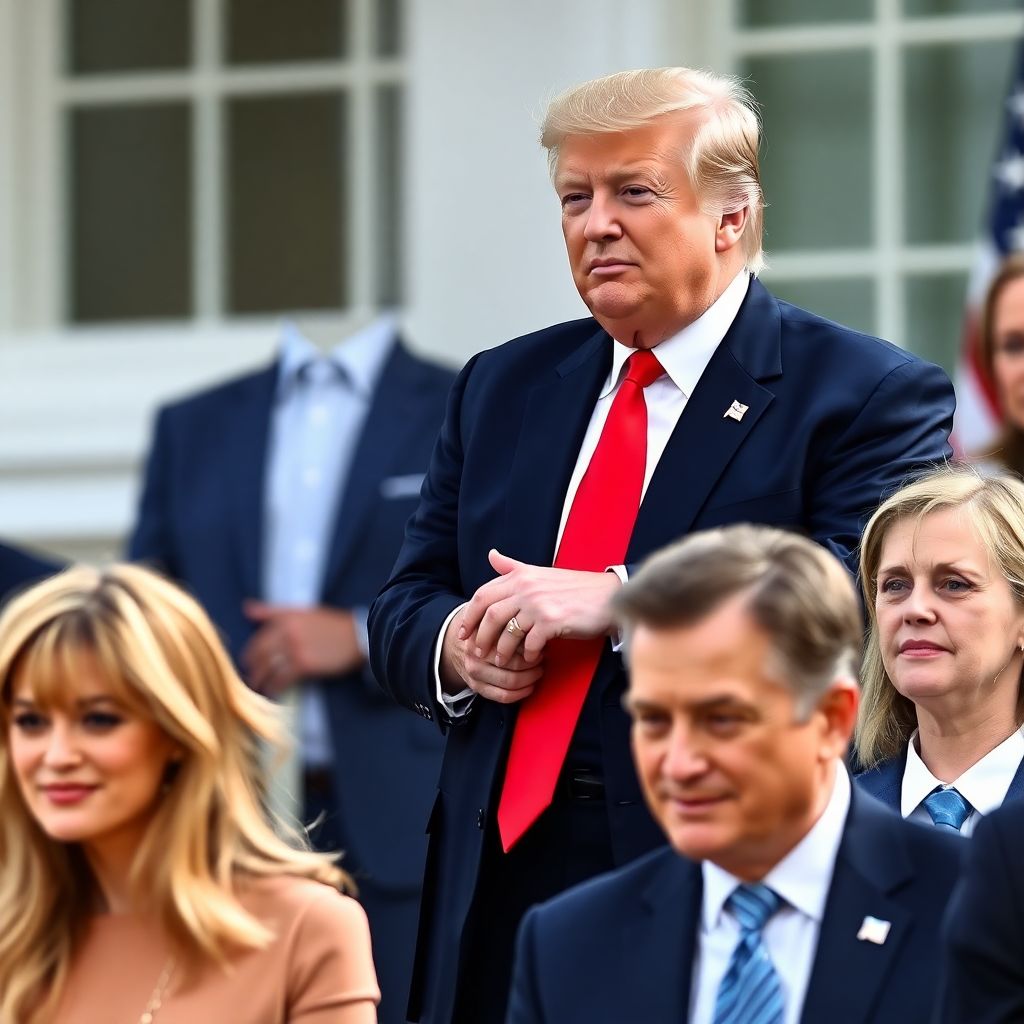Trump Family Reportedly Earned Over $1 Billion from Crypto Ventures
In a groundbreaking revelation, a recent investigation has shed light on the Trump family’s substantial involvement in the cryptocurrency sector, with profits exceeding $1 billion from various digital asset ventures over the past year. This surge in crypto-linked income marks a significant financial expansion for former U.S. President Donald Trump and his close family members.
According to findings from a Financial Times investigation, the Trump family’s newfound wealth stems from a diverse portfolio of cryptocurrency initiatives. These include digital trading cards, meme coins bearing the Trump name, stablecoins, decentralized finance (DeFi) projects, and tokens issued by World Liberty Financial (WLFI). Importantly, the reported income reflects only realized gains, not speculative valuations.
One of the primary revenue drivers has been the WLFI token—a digital asset launched by World Liberty Financial. Initially inaccessible to the public, WLFI began trading in September and has since generated approximately $550 million in revenue. Notably, this figure was achieved despite the token’s market value falling by over 50% from its peak that same month. In his 2024 financial disclosure, Trump reported receiving $57.3 million in personal income from World Liberty Financial alone.
Another major contributor to the family’s crypto earnings has been the rise of presidential-themed meme coins, notably $TRUMP and $MELANIA. These tokens—named after Donald and Melania Trump—have collectively brought in around $427 million. Although the precise structure of ownership remains opaque, official project materials indicate that Trump-affiliated companies control about 80% of the venture. MKT World, a Trump family business, is the only entity directly linked to the $MELANIA coin.
In an effort to further engage the crypto community, Trump hosted an exclusive dinner in May 2025 at one of his golf resorts. The event was attended by the top 220 holders of the meme coin, with Tron (TRX) founder Justin Sun identified as the largest stakeholder among them.
Beyond tokens, the Trump family’s crypto-related profits also include gains from the sale of stablecoins. World Liberty Financial launched the USD1 stablecoin, raising approximately $2.71 billion in sales. If the proceeds were invested in short-term U.S. government debt instruments, the company could theoretically have earned between $40 million and $42 million in interest and management fees based on the reserve assets backing the stablecoin.
The Trump brand has also capitalized on the NFT boom, with digital trading cards featuring stylized images of Trump—depicting him in superhero costumes or on motorcycles—bringing in several million dollars. Though exact figures remain undisclosed, the popularity of these NFTs has consistently drawn attention from both collectors and political supporters.
Interestingly, the family’s crypto pivot has not only generated direct income but also indirectly revitalized other Trump-owned enterprises. For example, Trump Media & Technology Group (TMTG), which had previously reported a staggering $401 million loss in 2024, has undergone a dramatic financial turnaround. Embracing blockchain technologies, TMTG has raised billions for token acquisitions and Bitcoin investment funds. As a result, the company now reports profits exceeding $3 billion, with Trump retaining a controlling 53% stake.
Unlike previous U.S. Presidents who distanced themselves from business interests upon taking office, Trump appears to have increased his wealth significantly during and after his presidency. He has publicly stated ambitions to transform the United States into a global hub for cryptocurrency innovation—a goal that aligns with his expanding footprint in the digital asset landscape.
Eric Trump, when asked about the reported $1 billion earnings, suggested that the actual figure might be even higher, emphasizing the scale and success of their crypto endeavors.
The Trump family’s rapid ascent in the crypto world underscores a broader trend of high-profile figures entering the digital finance space. However, it also raises questions about ethics, transparency, and potential conflicts of interest—particularly when political influence intersects with financial gain.
From a regulatory perspective, the Trump family’s deep involvement with crypto assets may soon come under increased scrutiny. As Washington intensifies its focus on digital currency oversight, public figures engaging in large-scale blockchain ventures could face more rigorous disclosure requirements and compliance checks.
Moreover, the Trump family’s success in monetizing meme culture and political branding through cryptocurrency has set a precedent that others may seek to emulate. The fusion of celebrity status and decentralized finance is forging a new business model—one where public personas are directly monetized via blockchain.
In addition to wealth generation, the Trump-backed crypto projects have notably improved user adoption metrics across several platforms. WLFI and USD1 have seen widespread adoption in retail and institutional circles alike, while $TRUMP and $MELANIA coins continue to ride the wave of viral online communities.
Looking forward, it remains to be seen whether Trump’s foray into cryptocurrency represents a long-term strategic pivot or a temporary capitalization on market trends. What is clear, however, is that the former president and his inner circle have positioned themselves as formidable players in the digital asset ecosystem.
As the 2024 election cycle gains momentum, Trump’s crypto success could become a double-edged sword—offering both a compelling narrative of innovation and entrepreneurship, while also inviting criticism over potential conflicts of interest and prioritization of personal wealth.
In conclusion, the Trump family’s $1 billion-plus crypto windfall is not just a financial story—it’s a political, economic, and cultural phenomenon that signals a new era where digital assets and public influence are increasingly intertwined.

